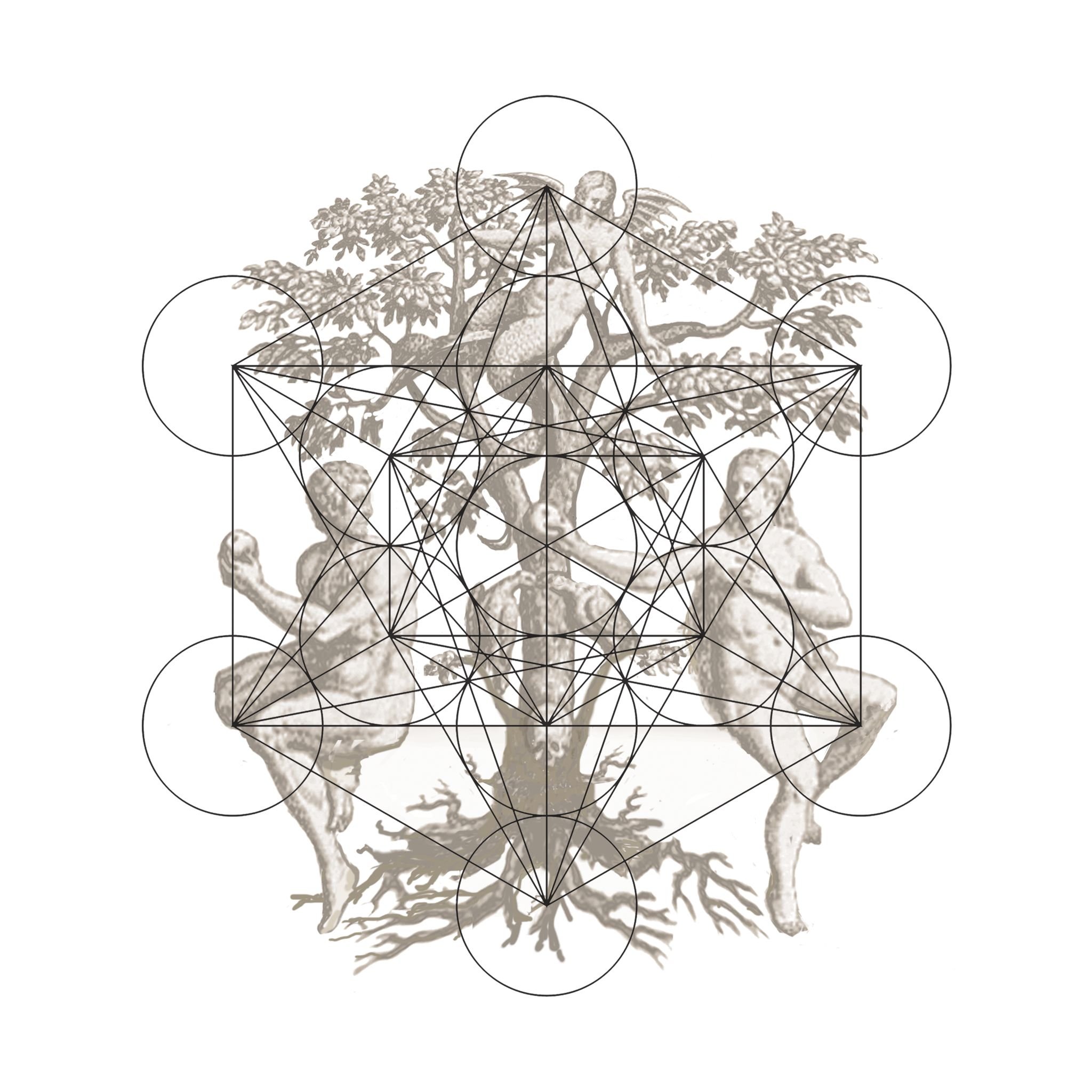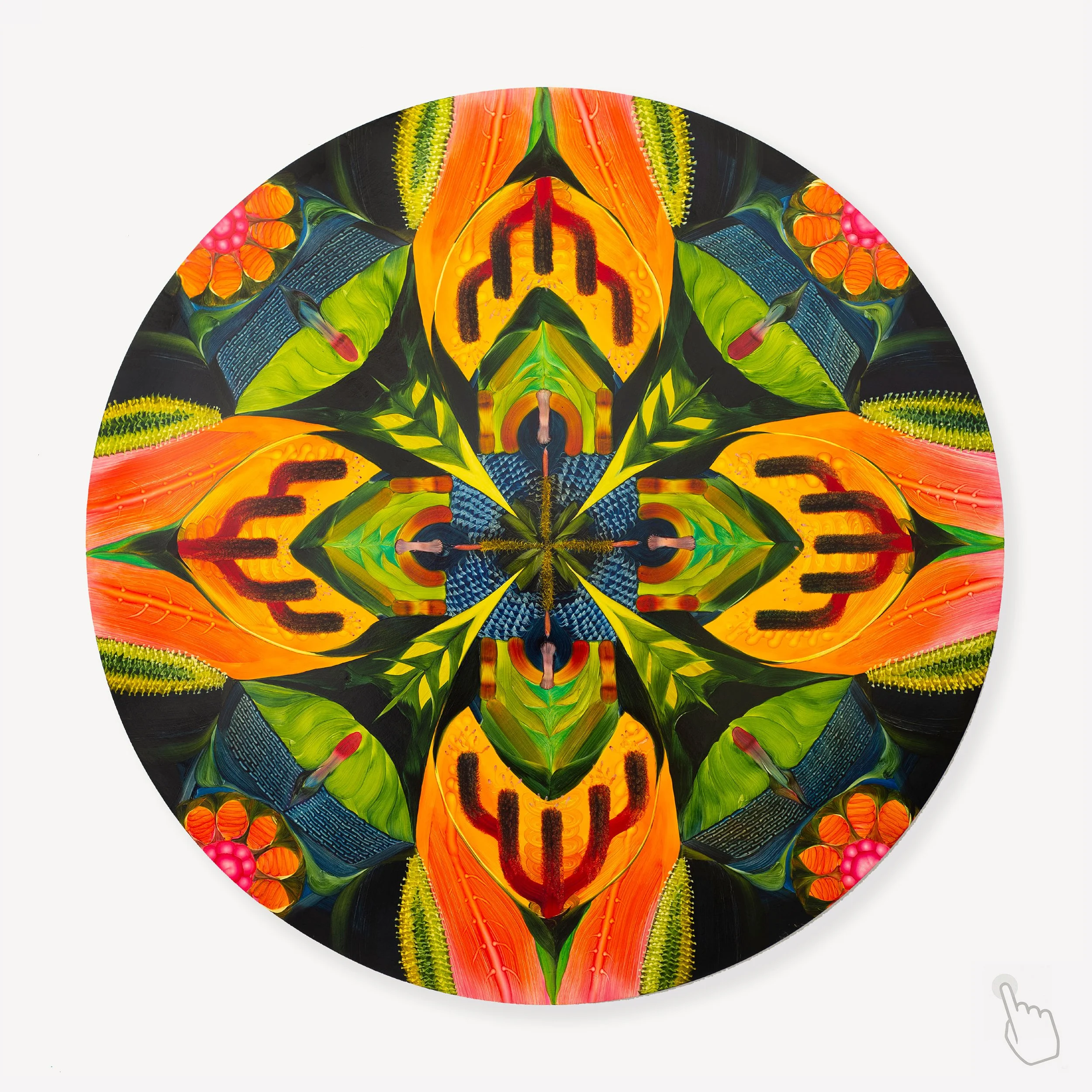
EXHIBITION DATES : 14/7 – 28/8/23
INTRODUCTION :
Read more/less
Although there may be a relationship between these theoretical standpoints and the works exhibited, Harper hasn’t been deliberately led by them. Instead, it is through the act of praxis, where thought and intuition meet through the hand, that discovery can occur. He states that “there is a system to the paintings production but this network of marks and calculations have to be capable of catching a poetry that creates its own self contained world, a world within a world…a cycle within a cycle”. I am reminded of Isaac Asimov who wrote in his book ’Second Foundation’ that “a circle has no end.”
Joseph Clarke, 2023
ONLINE CATALOGUE :
“Philosophy [nature] is written in that great book which ever is before our eyes - I mean the universe - but we cannot understand it if we do not first learn the language and grasp the symbols in which it is written. The book is written in mathematical language, and the symbols are triangles, circles and other geometrical figures, without whose help it is impossible to comprehend a single word of it; without which one wanders in vain through a dark labyrinth.
”
EXHIBITION ARTWORKS (CLICK FOR FULL DETAILS) :
BIOGRAPHY :
Andy Harper’s intricate oil paintings deal with the fruits of labour in the shadow of uncertainty. On one side they are concerned with the immediate process of painting, the mechanical, almost automated act of laying down mark after mark on a wet surface. On the other hand, they are subject to long-term strategy, each mark developed over time and embedded into a composition that provides an architectural structure for the work. While this framework may be logically ordered, the marks themselves are organic entities, forming a broad visual library that has taken on a life its own, growing through repetition and recombination in each new work. The paintings act like a Petri-dish for the culturing of this visual language, and a greenhouse for its cultivation. The forms may seem organic, but upon closer inspection they are not specific to anything the natural world has to offer. Rather they appear as a synthetic form of nature, generated from compulsive repetition and subjective reinterpretation, a world that has somehow evolved beyond the point of progeny to become its own independent alien entity.
Andy Harper lives in St Just, the most westerly town in Cornwall and works from a studio at the renowned Porthmeor Studios in St Ives. He studied his BA in Fine Art: Painting & Printmaking at Brighton Polytechnic and then MA Fine Art: Painting at the Royal College of Art, London. In 1996, with some peers from the RCA, Harper co-founded NotCut which ran a studio and photographic darkroom in London and curated ‘Lightness & Weight’ in Birmingham. During this time he also studied part time at Middlesex University for an MA in Visual Culture and had his first solo exhibition in London in 1998. After attending the Braziers International Artist Workshop in 2000, Harper became a member of the organising committee until 2008. Harper has taught in many institutions nationally and internationally, and had teaching posts at Central St. Martins, The City Lit and is currently a Senior Lecturer on the MFA Fine Art programme at Goldsmiths, University of London. Harper has exhibited widely in Europe, North America and South Korea.











